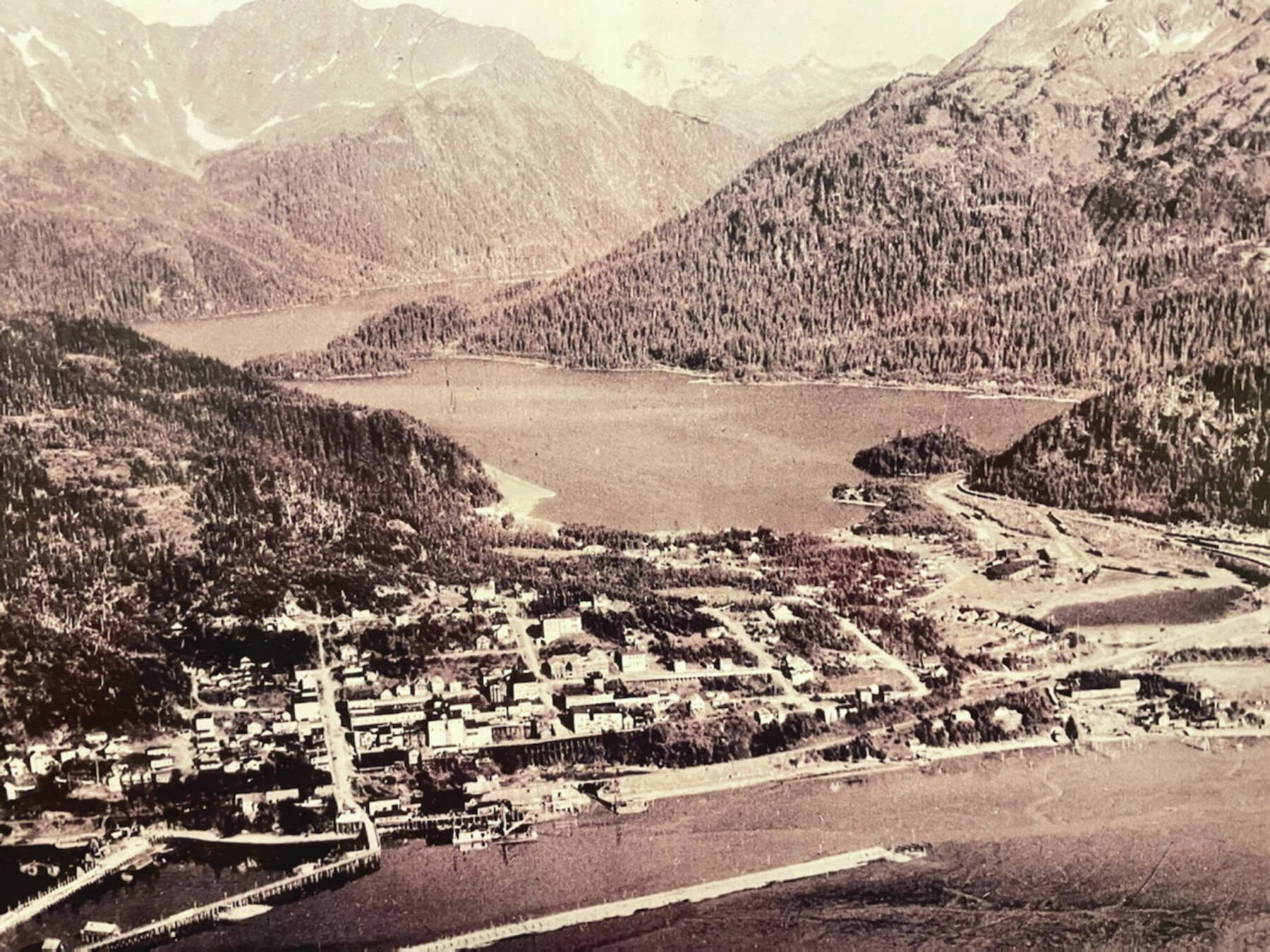The Alaska Historical Society last week held their annual conference in Cordova. The event, hosted at the Cordova Center from Oct. 9-12, 2024, brought attendees from every region of Alaska and from as far as Brown University, the University of Central Florida and New Zealand. There were more than 75 in-person attendees and more than 25 who attended via Zoom.
The theme for this year’s conference was “Rights and Responsibilities” with keynote speakers Fran Ulmer, Richard Haas and Barclay Kopchak. This year’s theme “speaks broadly to Alaska’s history of determining which people and groups should have rights and what responsibilities are attached to those rights,” according to the program description.
Nearly three dozen presenters spoke on a range topics that included voting rights for women, Alaska’s Native people, fish traps and limited entry fisheries, subsistence rights, the Alaska Permanent Fund dividend and response to the 1989 Exxon Valdez oil spill in Prince William Sound.
Other features of the conference were related to Alaska historical topics such as law and mining claims, gold rush stakes, environmental resources within federal National Park Service lands, Native impacts on Aleutian Island communities during World War II and cartography/place names within the state.
There were also several special sessions. One, “Exploring Attu’s Underwater Battlefield and Offshore Environment,” was funded by National Oceanic and Atmospheric Administration’s Ocean Exploration and presented by co-principal investigator, marine archaeologist Dominic Bush from East Carolina University.
Bush, a registered member of the Chugach Corporation with family heritage in Cordova, first became interested in Attu through his own Native Alaskan heritage (Sugpiaq), according to the NOAA project description.
The foundation for this project was based on a paper Bush composed in 2020 while still attending graduate school. The vessel that he and other researchers used to access the site of the sunken ship S.S. Dellwood was the Norseman II, a converted crab boat, based out of Homer, but which the crew boarded on the island of Adak, according to the expedition summary composed by Bush.
The expedition started on July 17 and concluded on July 24, “completing the first underwater archaeology project in the island’s history,” according to the NOAA website.
Though Bush does work as an underwater archaeologist in diving, for this study crew explored the sunken ship with a remotely operated vehicle due to its status as a warship with the potential for undetonated equipment. Bush noted that they were able to identify the Dellwood despite the fact that it was likely used as a target practice for other military operations in the Aleutians; an assumption he based on the ruptured status of most of the hull of the vessel.
Another special session was an evening showing of the 1918 silent film “The Girl Alaska,” a film based on love and cross-dressing in Gold Rush Alaska. Era-appropriate music was added as background music to the film.
Anchorage resident and former cartographer for the Department of the Interior Douglas Vandegraft provided a presentation on the historic bars of Cordova in the early 1900s when the Copper River Railroad was being built to access the Kennecott mines.
Vandegraft also referred to his book “A Guide to the Notorious Bars of Alaska.” Vandegraft made particular note of Cordova’s Alaskan Hotel and Bar, located on 1st Street. This is one of the oldest bars in the state of Alaska and still makes use of the bar back from what is now the ghost town of Katalla, on the east side of the Copper River.
Another presentation particularly relevant to Homer was provided by Paul Dauphinais, currently a resident of Homer. His presentation, “Bumpy Going over Homer Roads,” was based on the construction of the road system from approximately the intersection of the Seward Highway at Pioneer Avenue to the base of the Spit in 1920. According to Dauphinais, Homer had approximately 40 residents at the time; the community of Seldovia was larger. The photos that he used in his presentation came from 1980 editions of the Homer News.
Local Cordova conference sponsors included the Atwood Foundation, Cordova Telecom Cooperative and Cordova Wireless Communications.
The Alaska Historical Society is a nonprofit, educational organization dedicated to the promotion of Alaska history “by the exchange of ideas and information, the preservation and interpretation of resources and the education of Alaskans about their heritage,” according to the AHS website.
The 2025 conference for the Alaska Historical Society is scheduled to take place in Fairbanks. The 2026 conference will be in Homer hosted at the Kachemak Bay campus of University of Alaska Anchorage.


